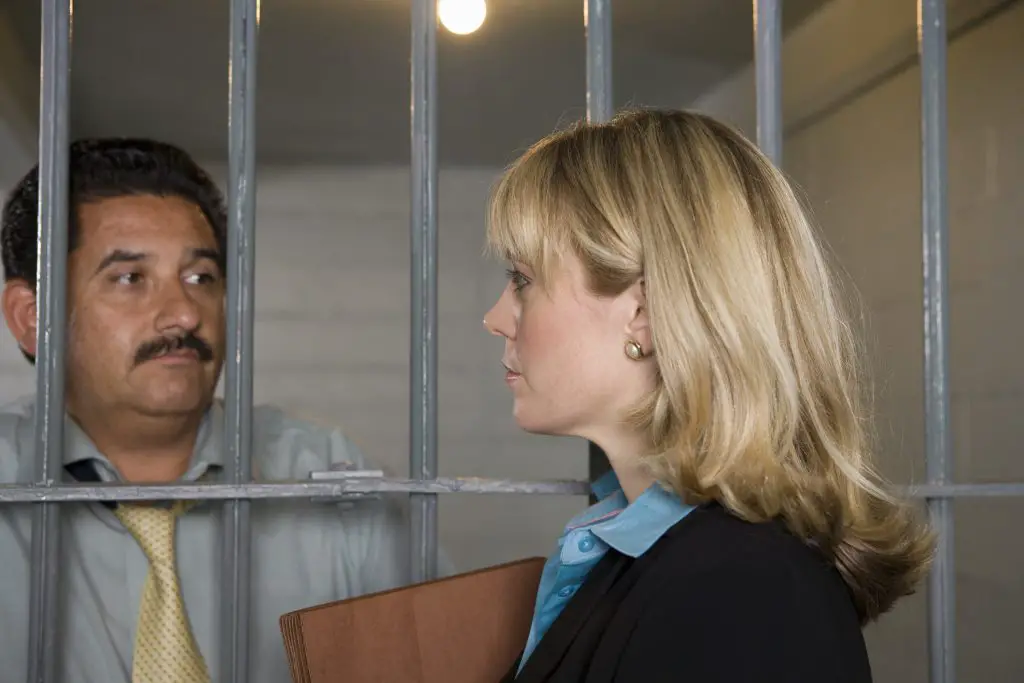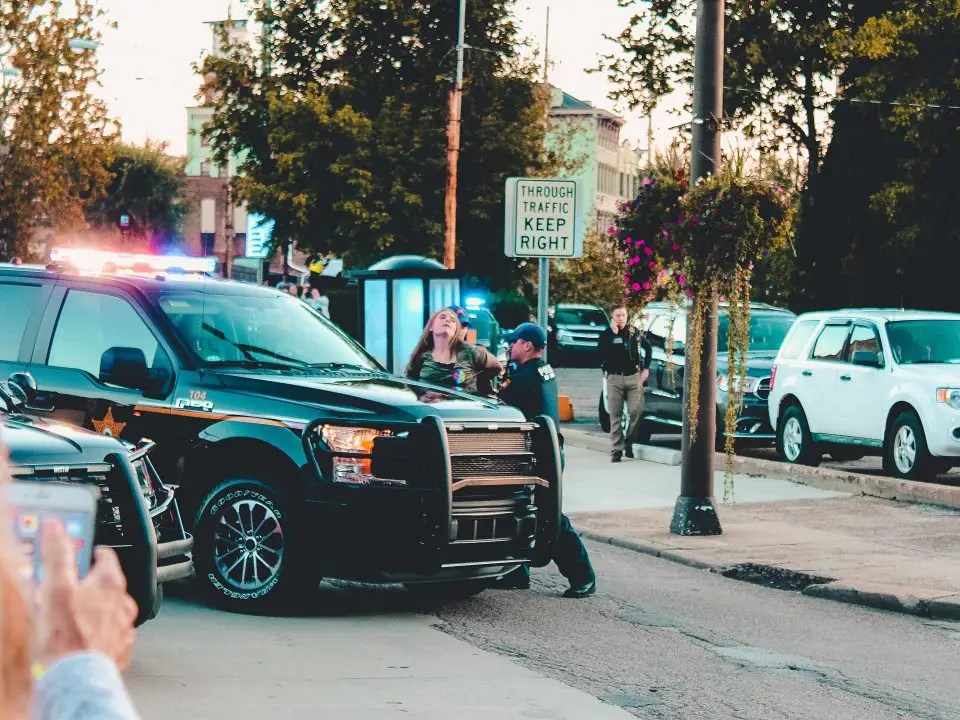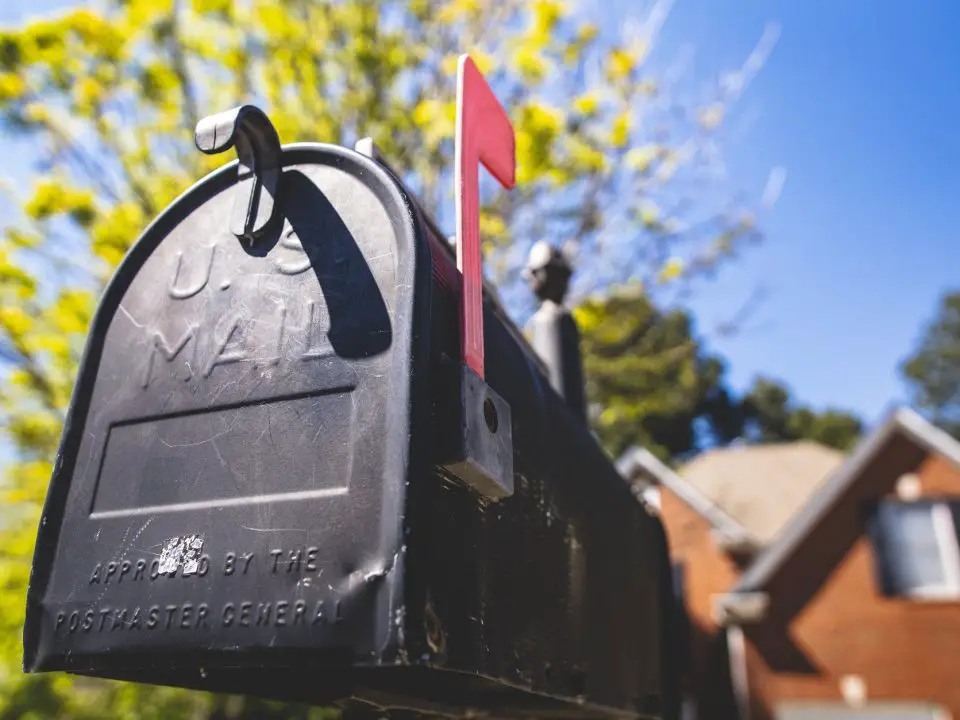Inmate Visiting Hours

InmatesPlus offers a wide array of information about inmate visiting hours and other aspects of supporting a loved one in custody. Visiting hours and policies vary by facility and can differ according to an inmate’s security level and housing. Use our resources to become informed about visiting a correctional facility and to find the visiting hours for your inmate.
It’s always a good idea to call the prison directly to confirm hours and inmate availability, as changes can occur due to lockdowns and other disruptive events. It is important for family, friends and legal representatives of inmates to cooperate with correctional facilities and observe all visitation rules.
With safety and order in mind, visiting procedures are strict and correctional officers can be brisk and inflexible. The process may seem overwhelming at first but once you become familiar with the environment and expectations, you will be able to relax and appreciate spending time with your inmate.
Inmate Visiting Schedule
Once you are authorized, visits must be scheduled by the inmate in advance. Visiting hours can get crowded, and for this reason there are a limited number of slots available. Visits are usually held on certain days of the week, including holidays and the weekend. Times are restricted, usually to 30 minutes or an hour. Because meal times for inmates are not flexible, visiting hours are set around meals, with slots for the morning, afternoon and evening.
Inmate Responsibility
It is critical to communicate with the inmate prior to visiting. Inmates are responsible for notifying visitors of scheduled hours and changes. Inmates have to register visitors prior to approval and/or an application process must be followed including a background check for all visitors. Inmates are limited to a certain number of approved visitors, so you will have to be on their list prior to coming. For more information on the application process, and to find visiting forms for a jail or prison facility, visit our Find Application page.

Visiting a Correctional Facility
Prisons have a maximum number of visitors that are allowed at a time, usually no more than three. Minors must be accompanied by a parent or legal guardian. All visitors must bring a photo ID for verification. Driver’s license, passport or ID card for children. Other forms of identity may be allowable. While on the grounds of the facility, you and your car can be subject to search at any time. Furthermore, visits are not private. You will be observed and recorded, and you may be in close proximity to other inmates and visitors.
Make sure to learn and adhere to the facility’s dress code. If you are uncertain whether an item of clothing is allowed, keep an extra change of clothes in the car so your visit is not cancelled. Some facilities provide lockers where personal items can be kept during a visit. Bring as little as possible, and certainly do not bring valuables or contraband. You may be able to bring photos and other sentimental items, such as a child’s schoolwork.
Physical Contact During a Prison Visit
Due to safety reasons and the risk of contraband entering the facility, physical contact between inmates and visitors is strictly regulated, or prohibited entirely. Often you will be required to meet with the inmate while separated by a glass barrier and speaking only through a connected telephone. Most facilities do not permit conjugal visits or other intimacy.
Video Visits
It may be possible to visit an inmate via virtual call on the internet. This is a good option if your inmate is restricted from in-person visitation or if you are not able to travel to the facility. In fact, it has been shown that over half (63%) of state prisoners are held more than 100 miles from their family (prisonpolicy.org). Video visits can also be less stressful for children. If the facility has video visiting available, arrange a time to call the inmate by video using your home computer, laptop, cell phone or tablet.
Final considerations
Correctional facility officials can cancel a visit at any time. Help to prevent disruptions by learning and following the rules specific to the facility where your inmate is being held. We provide information and links to resources that outline the fundamentals and procedures of a successful visit.





